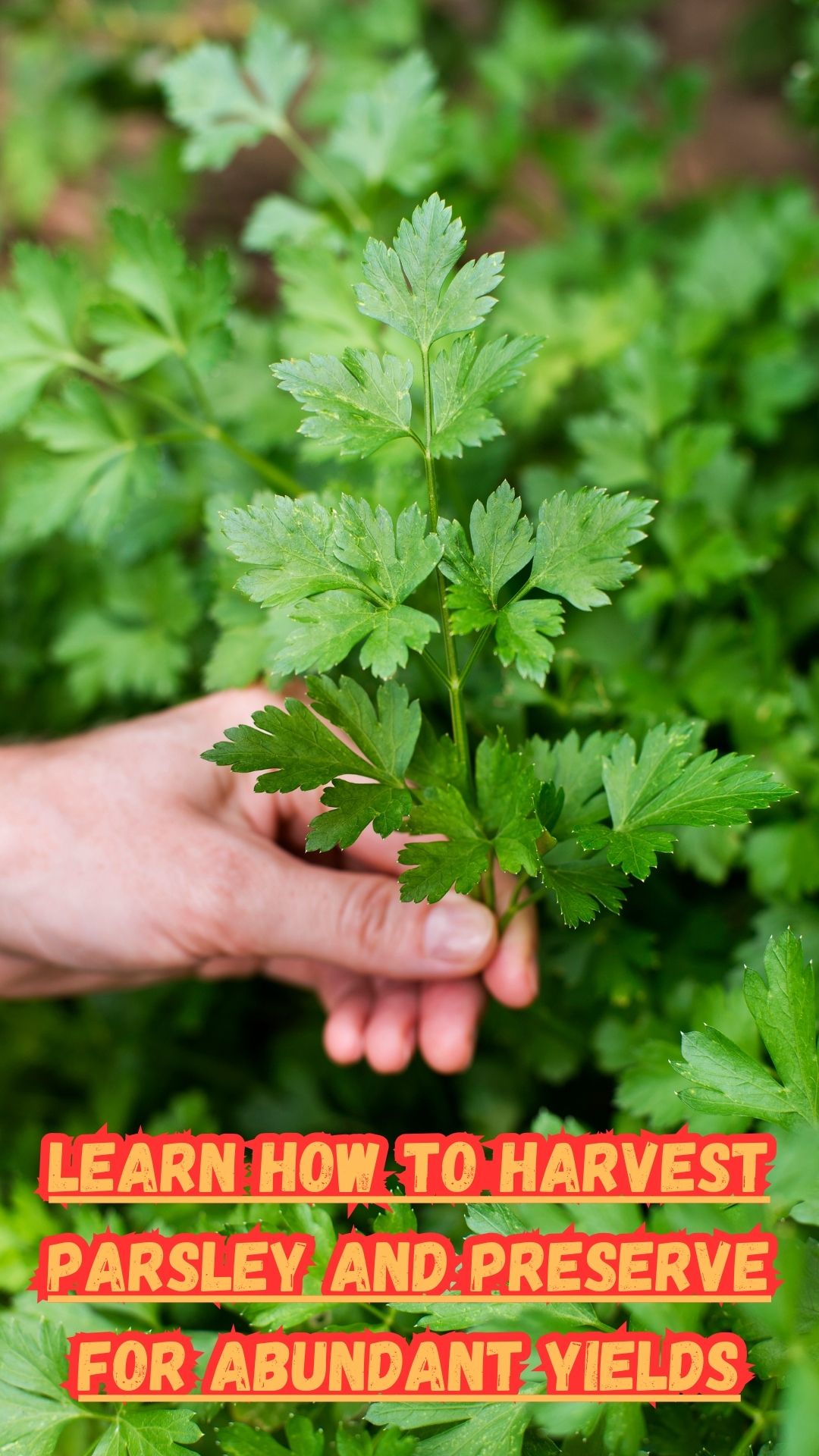Why Harvesting Parsley Correctly Matters
First and foremost, it is critical to understand that improper parsley harvesting can have a significant negative impact on your plant's growth and yield; if you simply clip a few leaves off of your plant occasionally, it will not be able to grow to its full potential and may even cease to produce altogether. This is because proper parsley harvesting is essential to supporting healthy growth and ongoing yield.How to Harvest Parsley for Abundant Yields
The key to harvesting parsley is to always take whole branches instead of just picking off individual leaves. This may seem extreme, but trust us, your plant will thank you. Using gardening snips or kitchen scissors, come down to the bottom of the plant and snip off entire branches, leaving the center top foliage intact. This allows the plant to continue growing and producing more branches. When snipping off branches, make sure to take them from the bottom and outside the plant. This ensures that the center top foliage remains untouched and can continue growing. This method also allows for better air circulation within the plant, which helps prevent any potential diseases.Storing Fresh Parsley in Your Fridge
If you've harvested more parsley than you can use immediately, don't worry! There are simple ways to store it in your fridge so it stays fresh and flavorful. One method is to place the parsley in a glass or jar of water and cover it with a bag. You can use a reusable silicone bag or a plastic bag for this. The parsley will stay fresh for several days using this method. Another option is to wrap the parsley in a damp paper towel and place it in a sealed bag or container in the fridge. This will keep it fresh for up to a week. Just be sure to change the paper towel if it becomes wet or discolored.Preserving Parsley for Later Use
If you have an abundant harvest of parsley, you may want to preserve some for later use. Luckily, parsley is easy to dry or freeze, and both methods will preserve its freshness and flavor. To dry parsley, tie the stems together and hang them upside down in a dry, well-ventilated area. Once they are completely dry, crumble the leaves and store them in an airtight container. Dried parsley can last up to a year if stored properly. To freeze parsley, chop the leaves and place them in an ice cube tray. Fill each compartment with water and freeze. Once frozen, pop out the cubes and store them in a freezer-safe bag or container. You can easily add a cube of frozen parsley into your soups, stews, or sauces for added flavor.Watch Green Gold: The Ultimate Guide to Harvesting Parsley for Year-Round Abundance
Conclusion
Harvesting parsley correctly is essential for an abundant supply all season long. Remember to always take whole branches from the bottom and outside the plant, leaving the top center foliage untouched. This method will encourage healthy growth and continuous production. Storing fresh parsley in your fridge is easy with the use of a glass or jar of water and a bag. And if you have an abundant harvest, don't be afraid to dry or freeze some for later use.Affiliate Disclosure:
In transparency and compliance with legal guidelines, please be aware that some of the links on this site are affiliate links. These are carefully chosen products that I have personally used, tested, and genuinely recommend. When you click and make a purchase through these links, I may earn a small commission, at no additional cost to you.
This commission helps support the maintenance of this site, allowing me to continue providing valuable content and recommendations. Rest assured, my priority is to offer authentic and reliable information, and I only affiliate with products that align with the values and standards I uphold.
Your trust means everything to me, and I appreciate your support. If you have any questions or concerns, please feel free to reach out. Thank you for being a valued part of our community!


